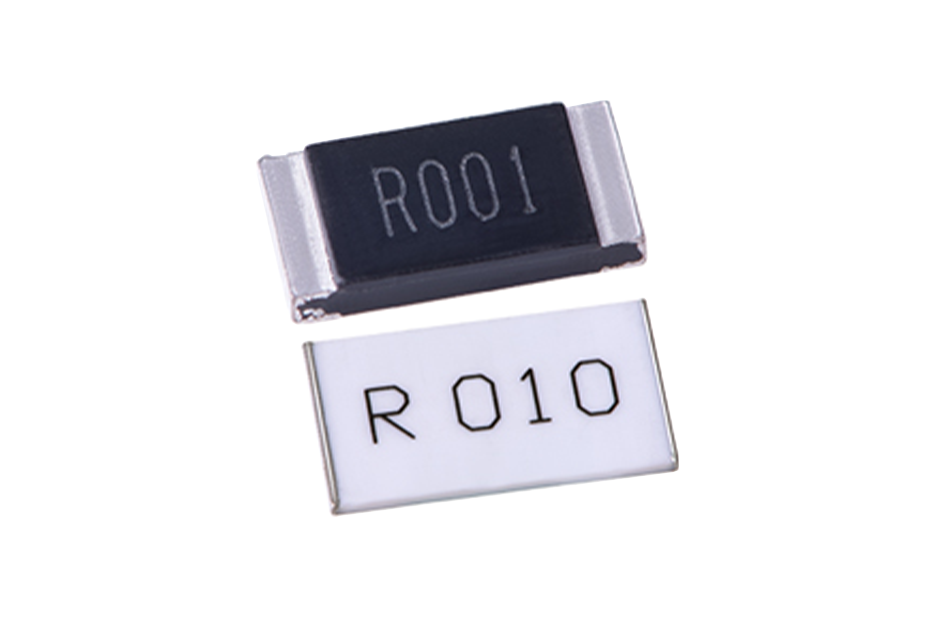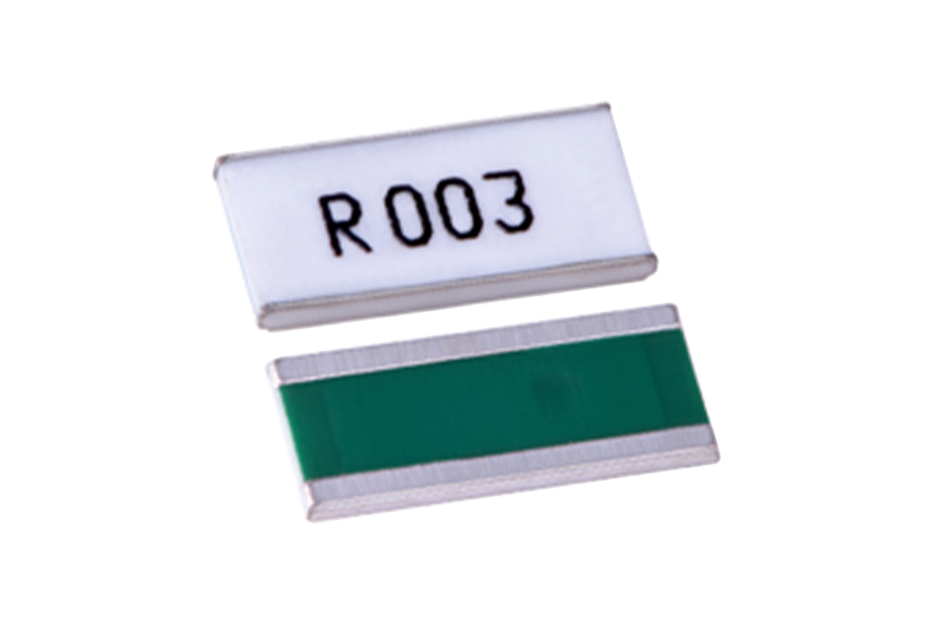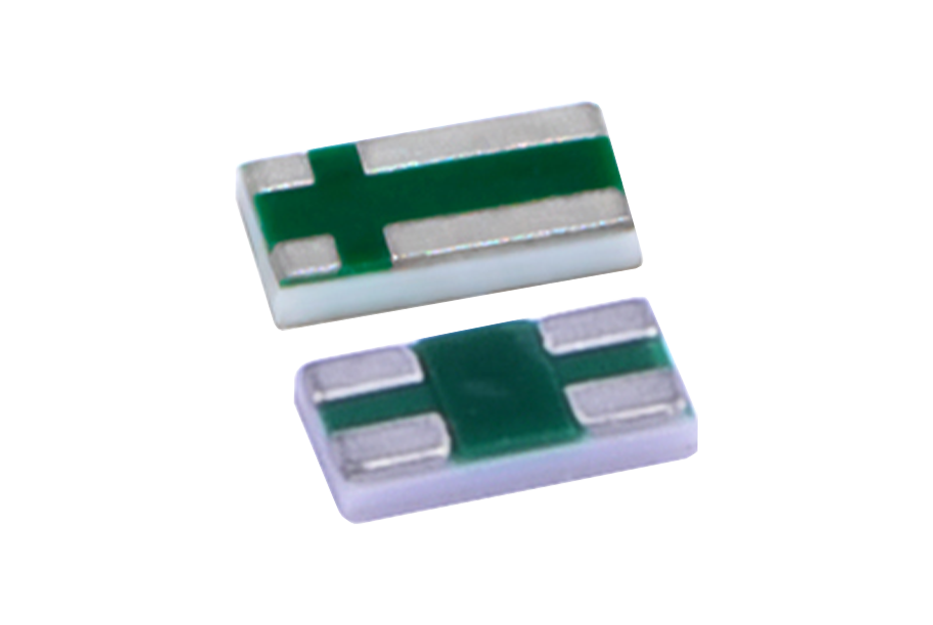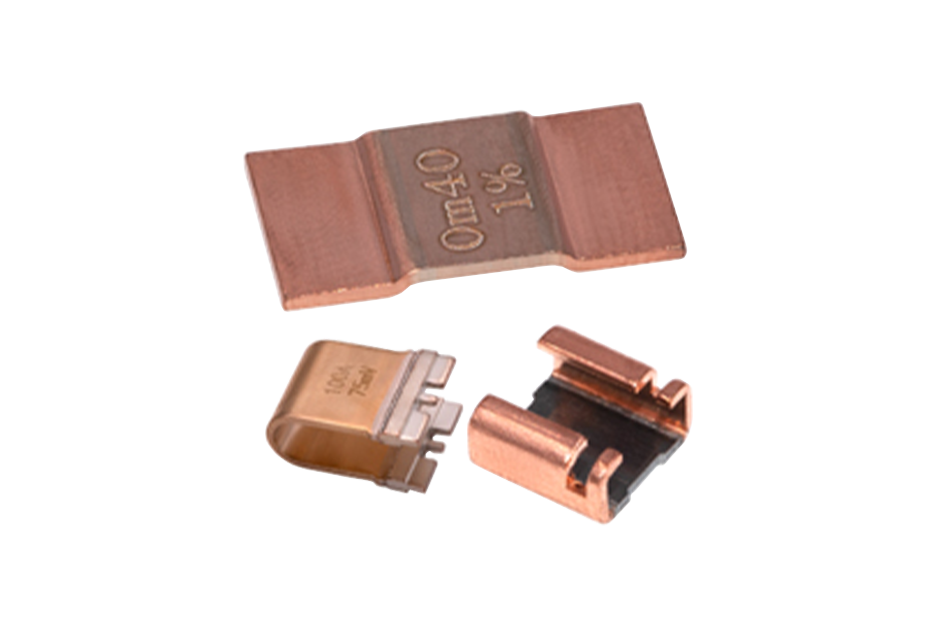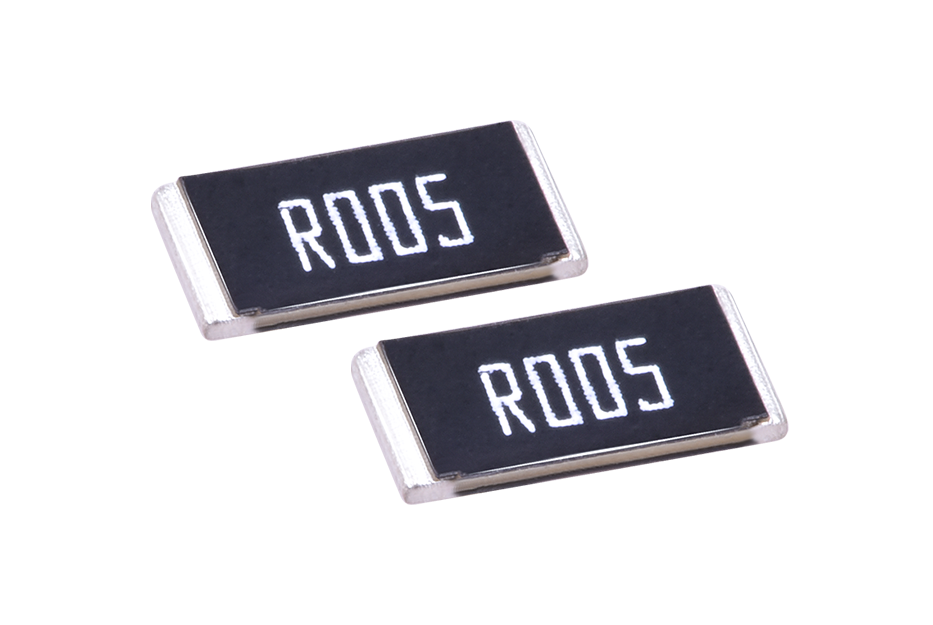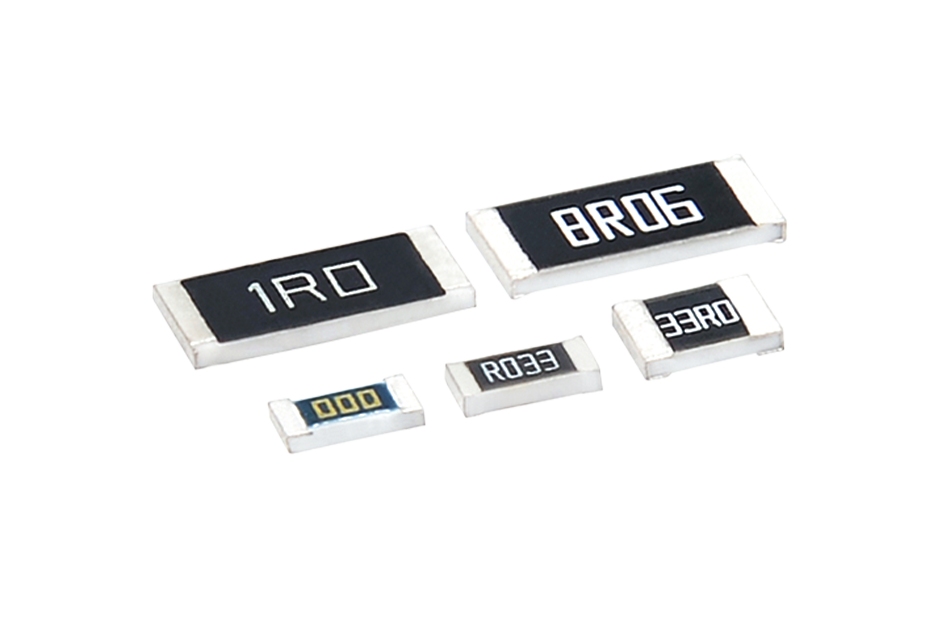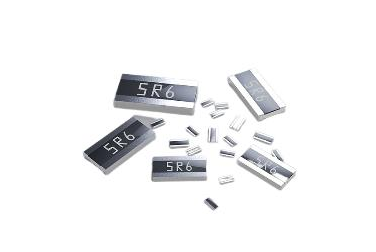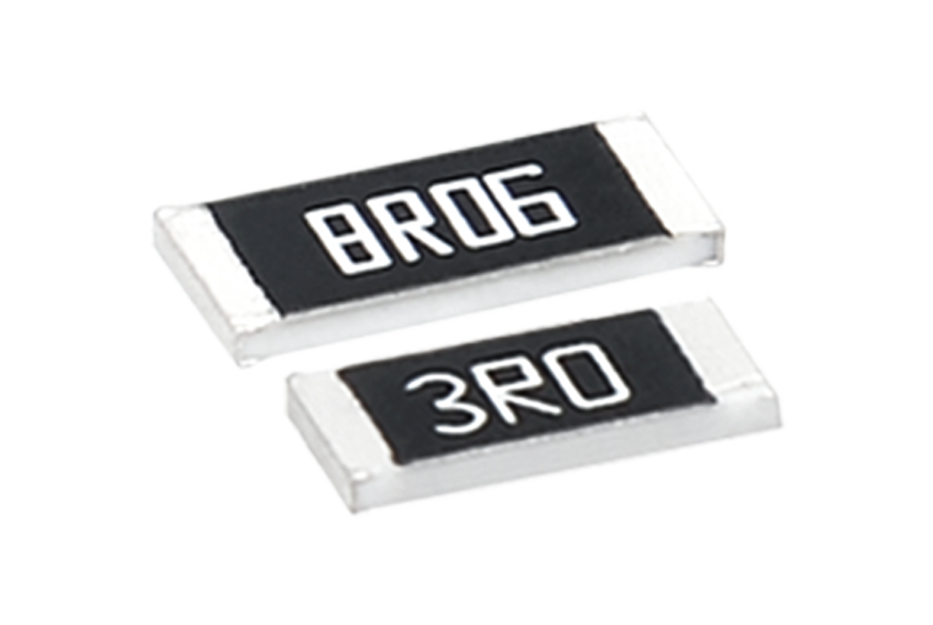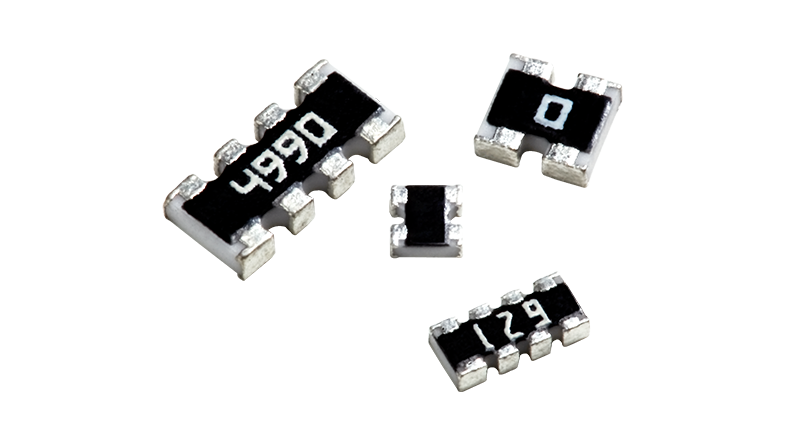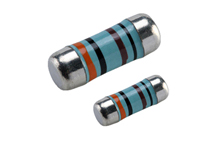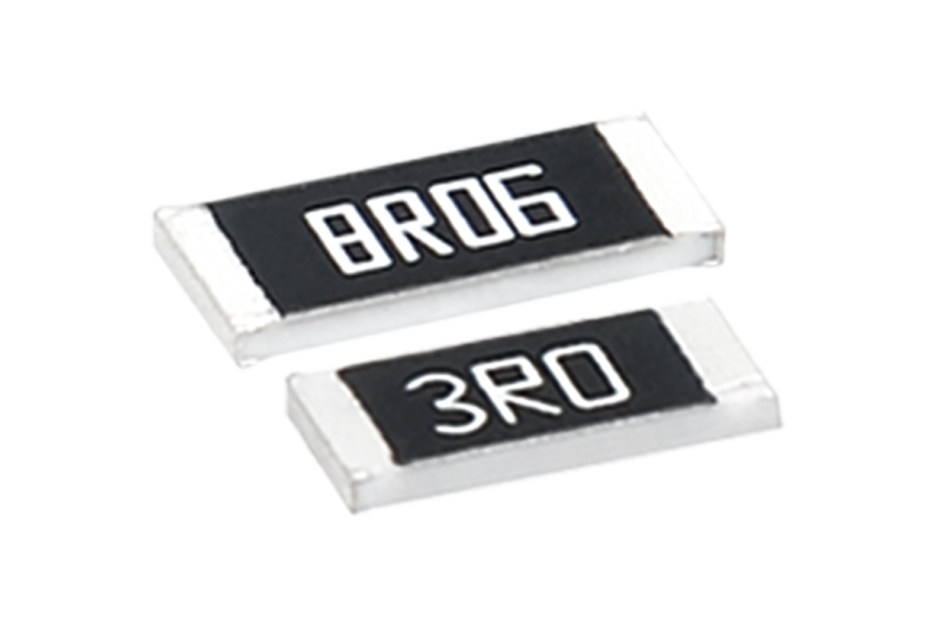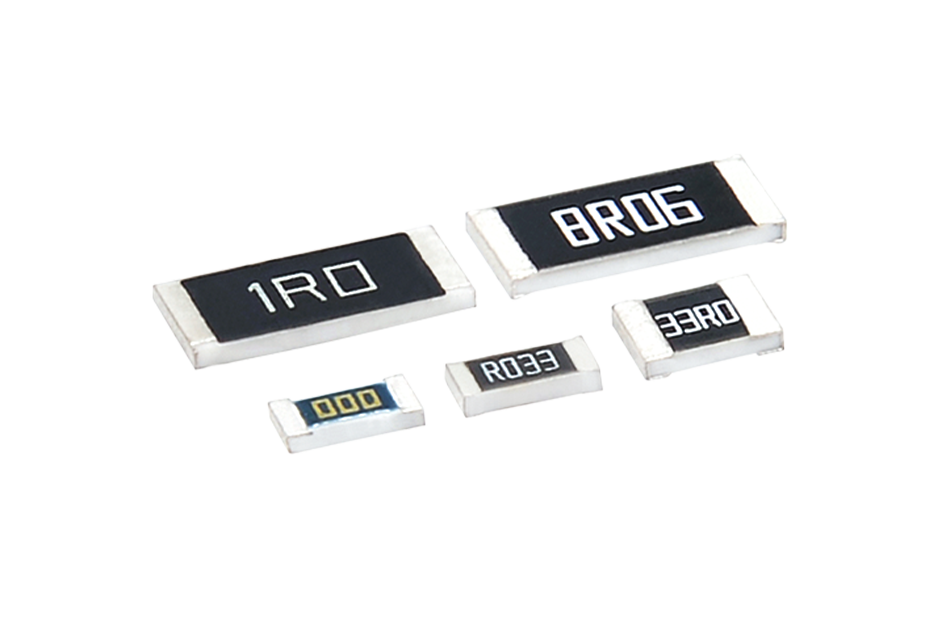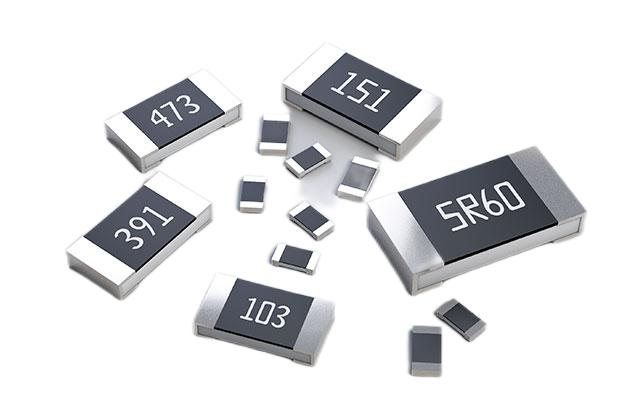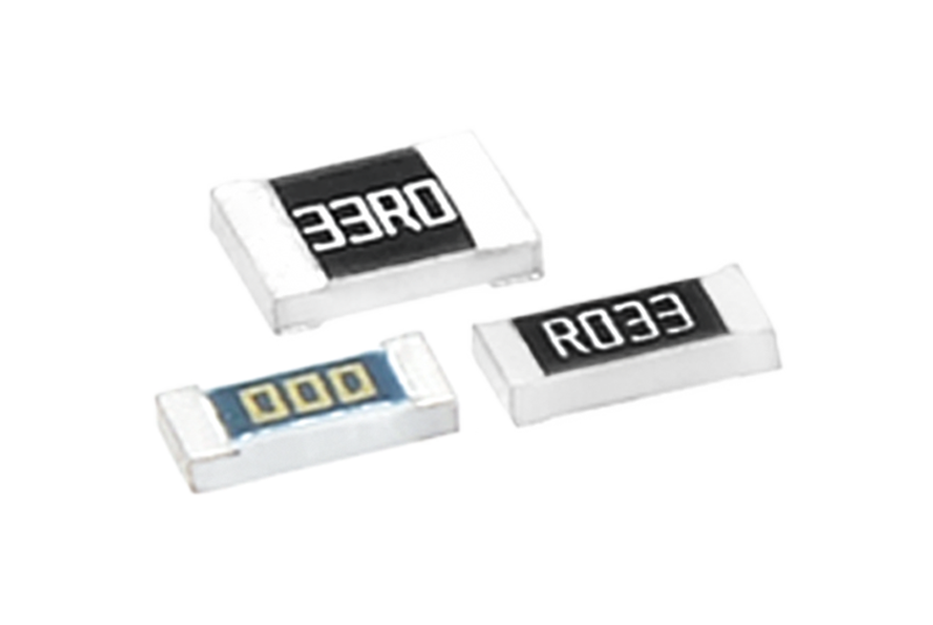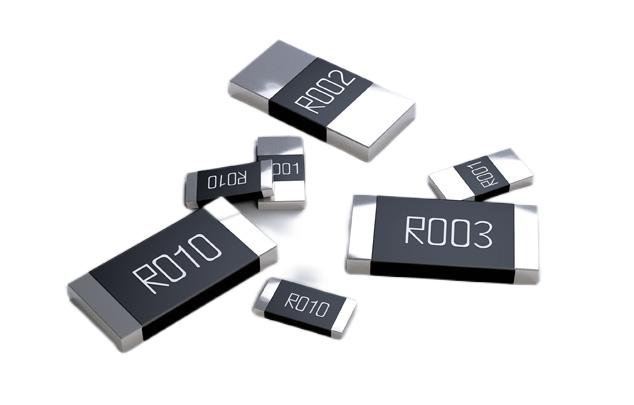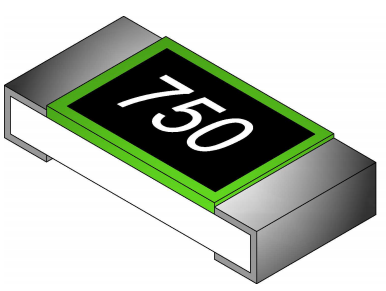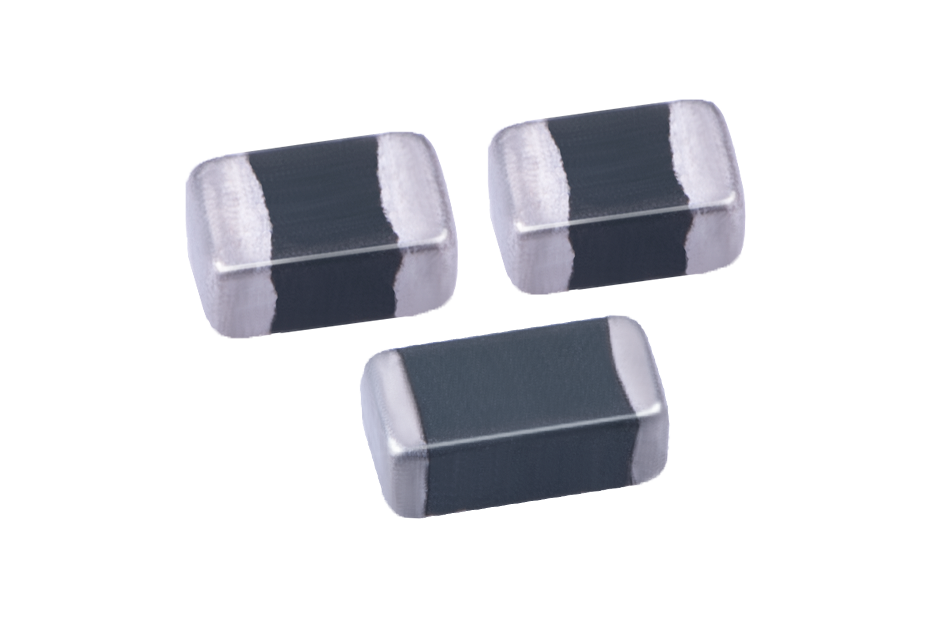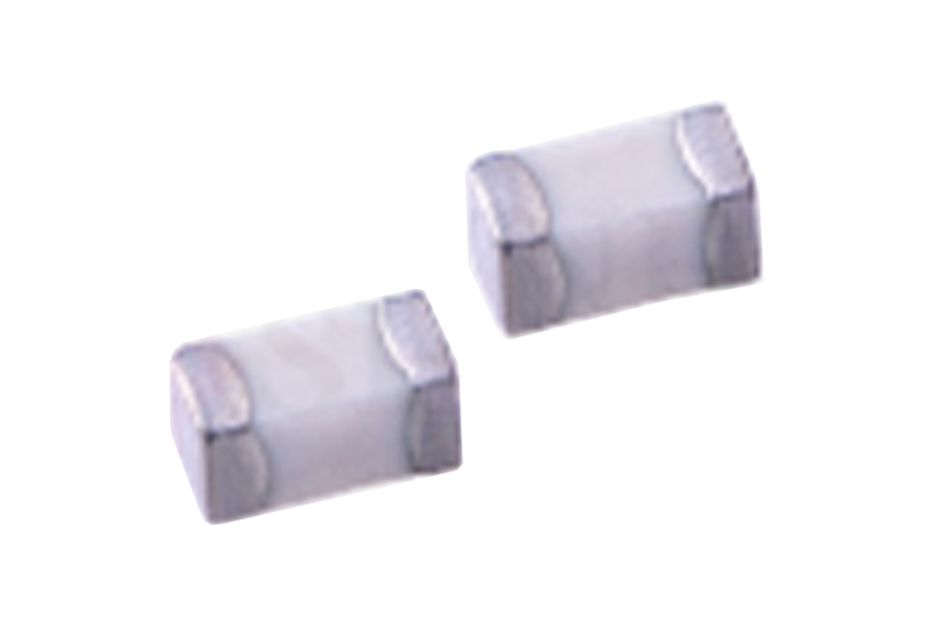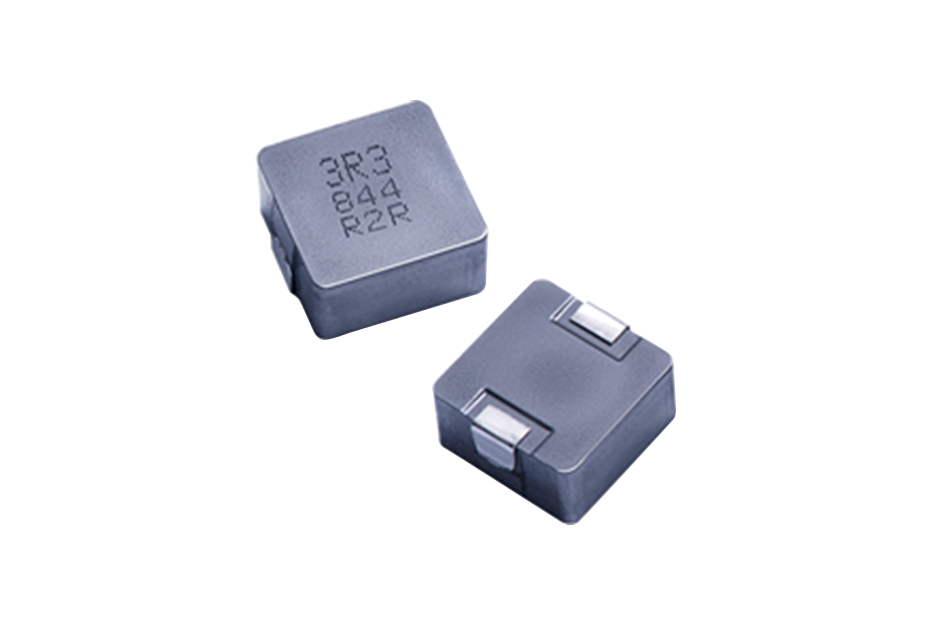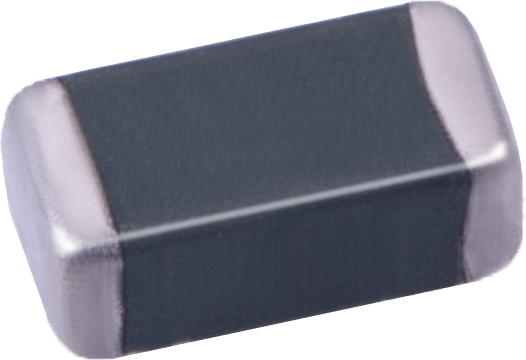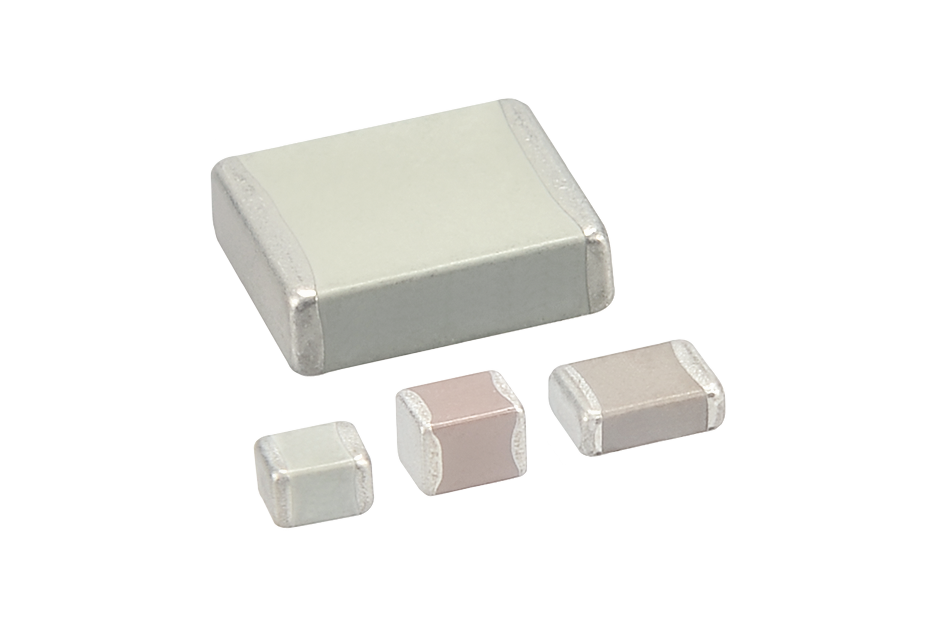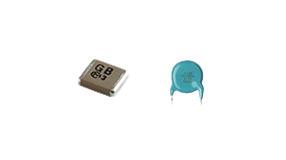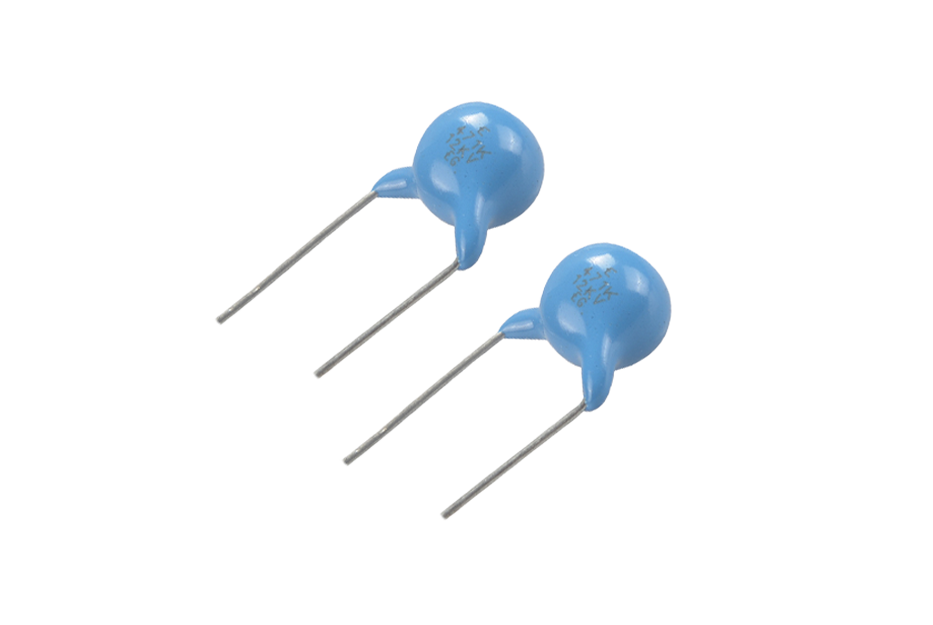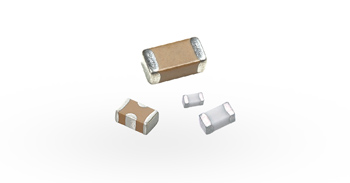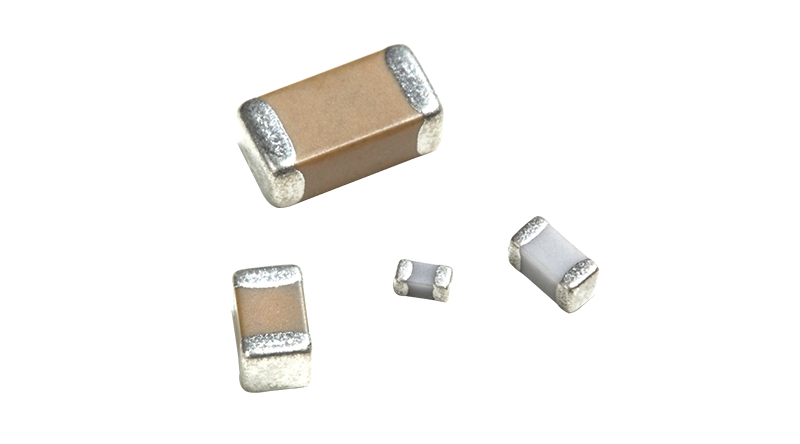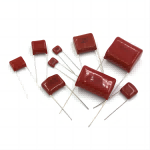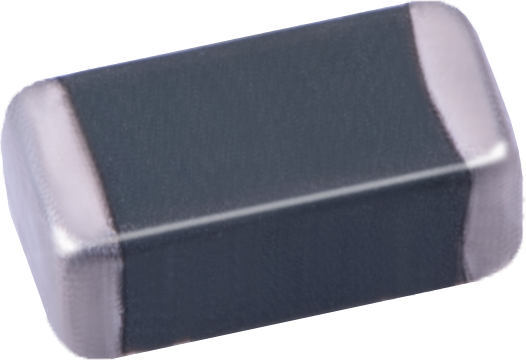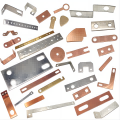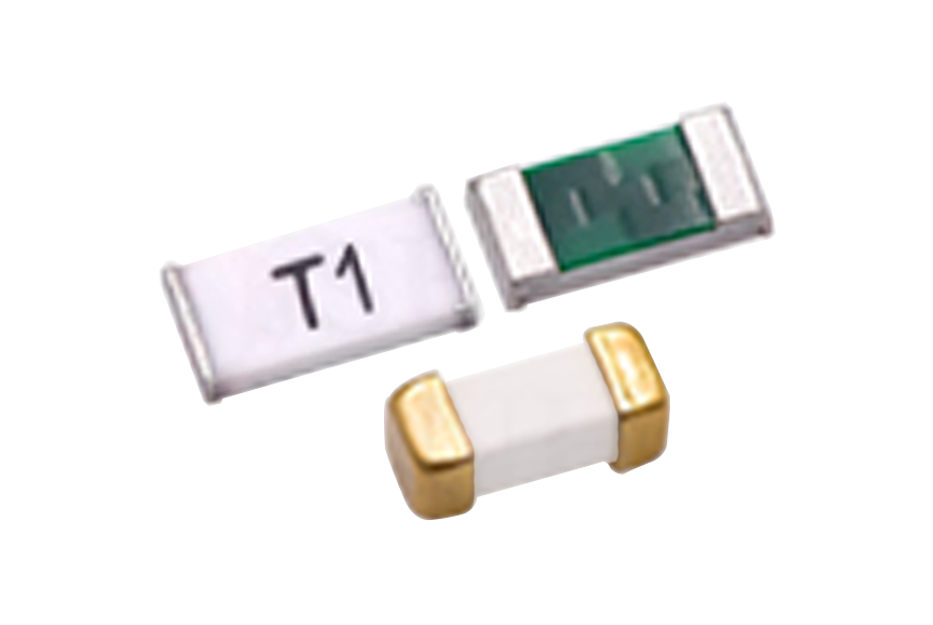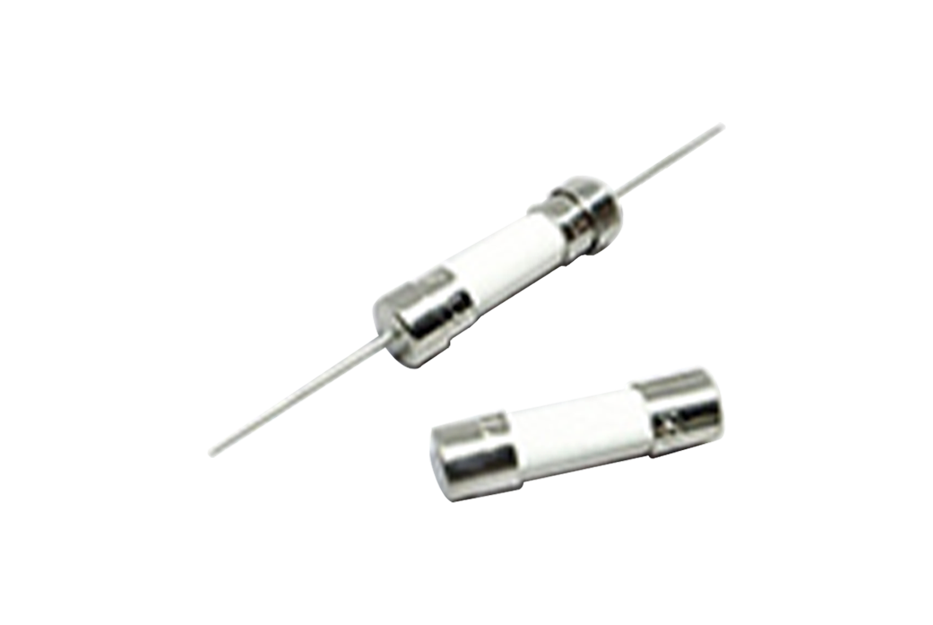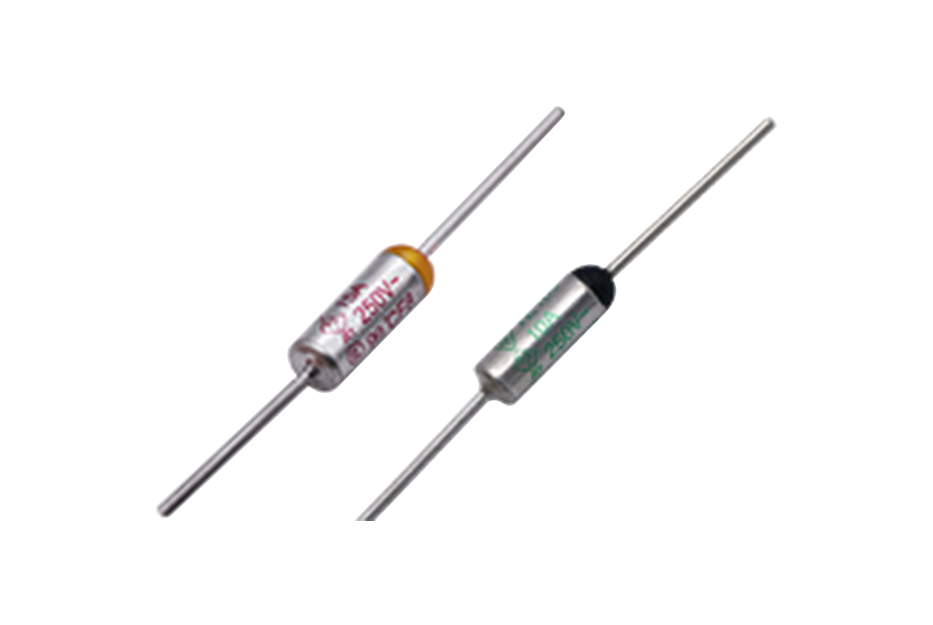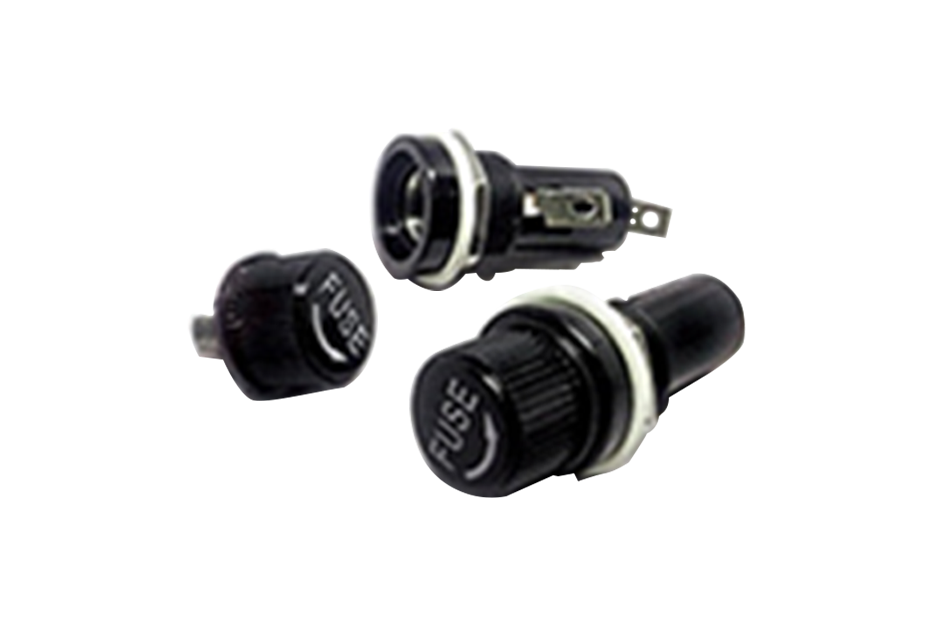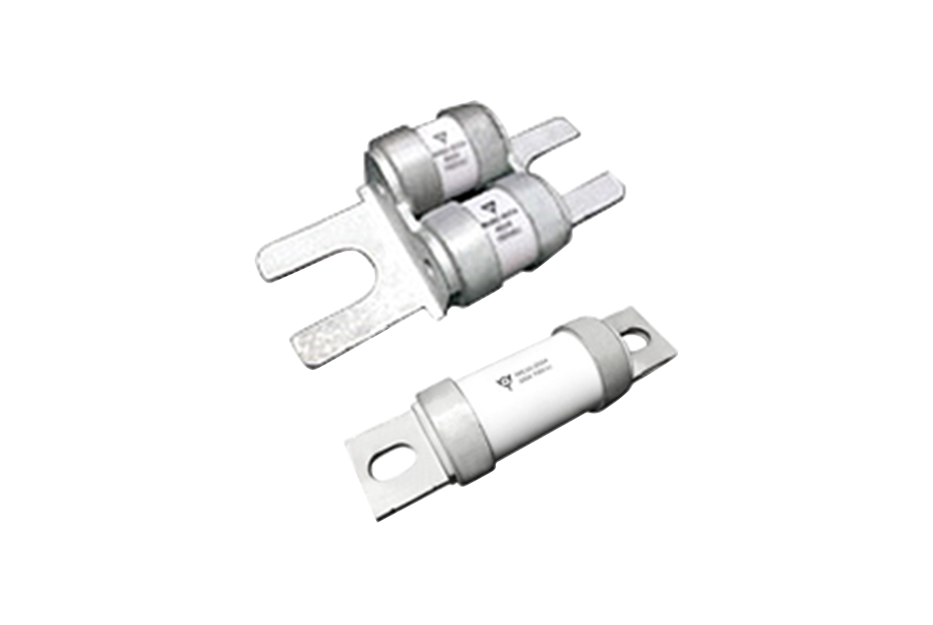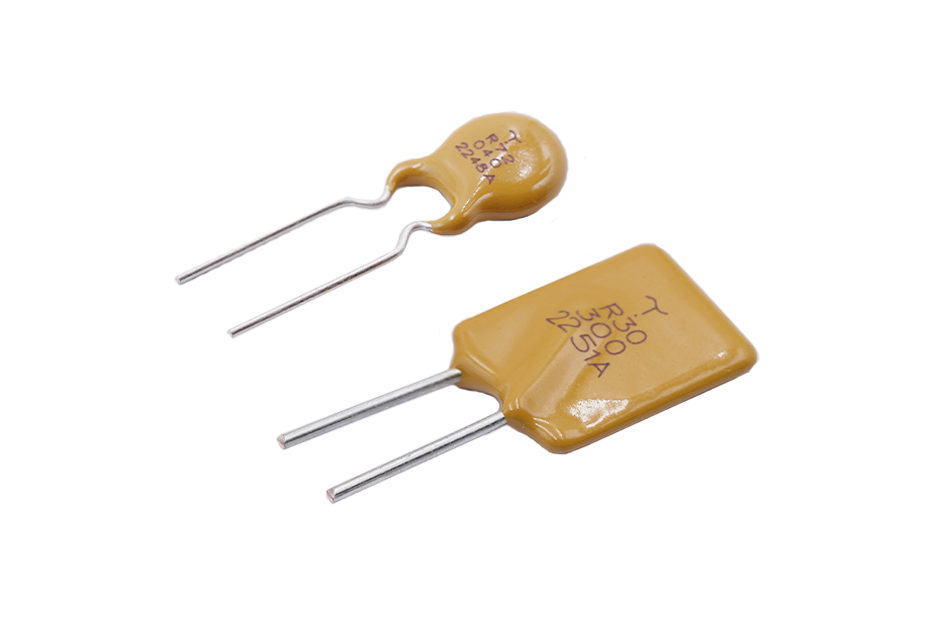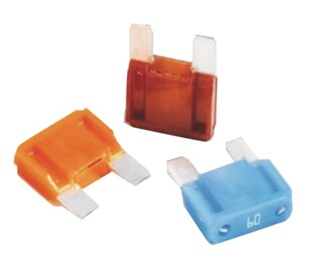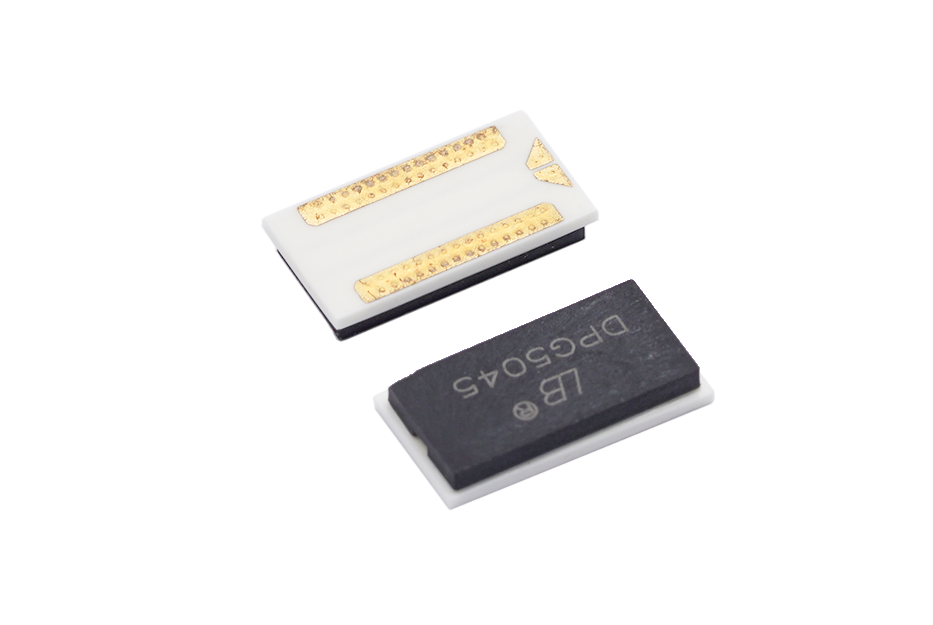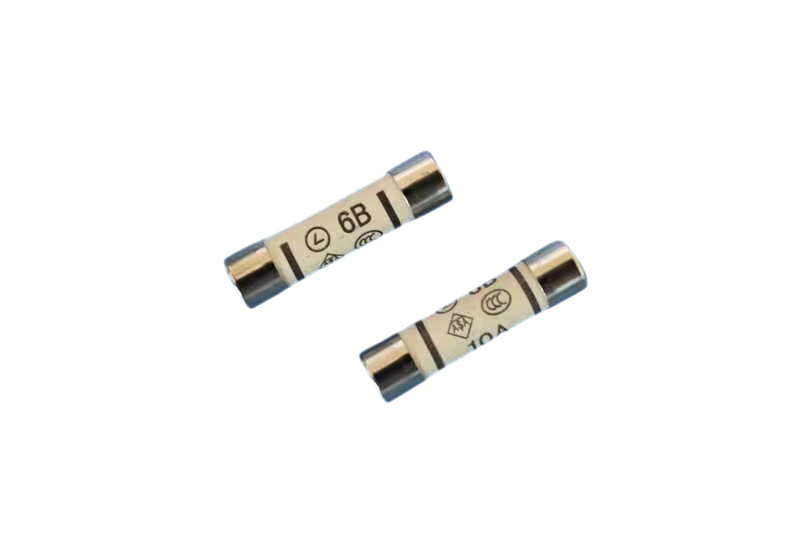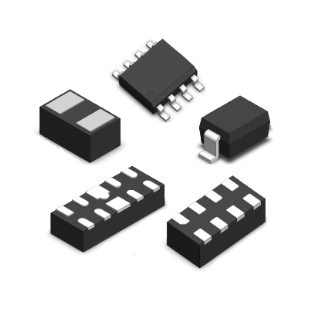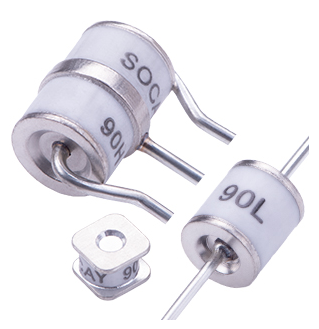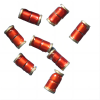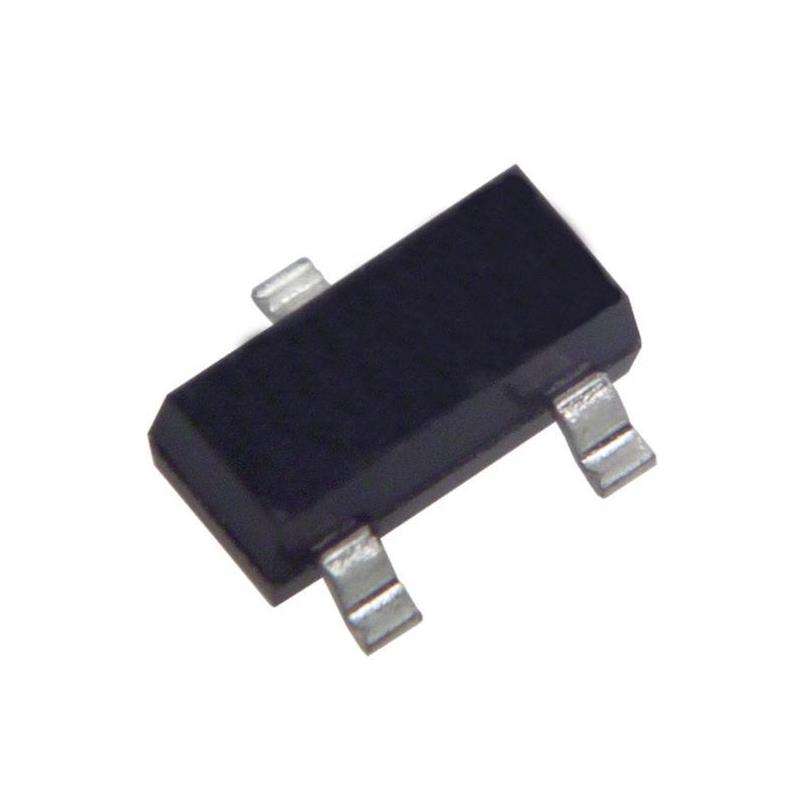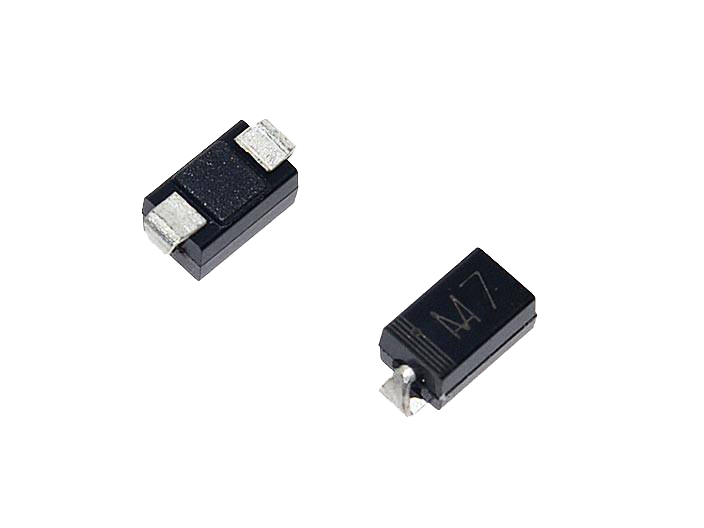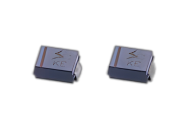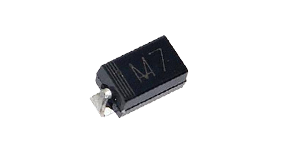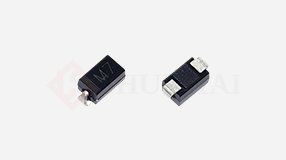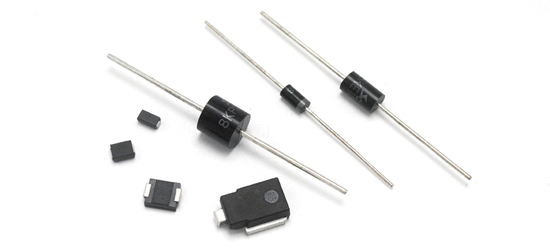List of alloy resistance selection models and online purchase address: click on the image to enter
Kama alloy resistor is a common resistance device with many unique characteristics and advantages. In this article, we will provide a detailed introduction to the characteristics of Karma alloy resistors and explore their applications in different fields.
Firstly, Kama alloy resistors have very high accuracy and stability. Due to the use of special materials and processes in the manufacturing process, the resistance value of the Kama alloy resistor can be maintained within a small range and will hardly change during long-term use. This makes Kama alloy resistors a very reliable resistance device, suitable for circuits and systems with high precision requirements.
Secondly, the resistance of Kama alloy has a lower temperature coefficient. The temperature coefficient is used to measure the degree to which the resistance value changes with temperature. For applications that require operation in different temperature environments, resistor components with lower temperature coefficients are particularly important. The temperature coefficient of Kama alloy resistance is usually below tens of ppm/℃, far lower than the hundreds of ppm/℃ of typical resistance devices. This means that the resistance value of Kama alloy resistance varies less at different temperatures, providing more stable performance.
Thirdly, Kama alloy resistors also have high power processing capabilities. Power processing capability refers to the maximum power that a resistive device can withstand, which is particularly important for applications that require processing large currents. Due to the special structural design and material selection of the Kama alloy resistor, it is able to withstand higher power and is not susceptible to overheating and damage.
Fourth: Kama alloy resistors also have lower noise and smaller dimensions. In some applications with high noise requirements, such as audio amplifiers and measuring instruments, Kama alloy resistors can provide lower noise levels, ensuring signal clarity and accuracy. At the same time, due to the advanced manufacturing process adopted by the Kama alloy resistor, it has a smaller size and volume, making it easy to layout and install in restricted spaces.
Fifth: Kama alloy resistors also have a longer service life and lower cost. Due to the use of high-quality materials and advanced manufacturing processes, the Kama alloy resistor has a longer service life and reduces the frequency of maintenance and replacement. At the same time, the manufacturing cost of Kama alloy resistors is relatively low, allowing for large-scale production and reducing overall costs.
In summary, Kama alloy resistors have a series of unique characteristics such as high accuracy, good stability, low temperature coefficient, strong power processing ability, low noise, small size, long service life, and low cost. These characteristics have made Kama alloy resistors widely used in fields such as electronics, communication, power, and automobiles. With the continuous development of technology in the future, it is believed that Kama alloy resistors will have a wider application prospect.

